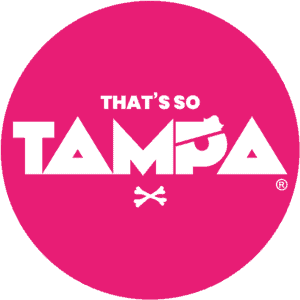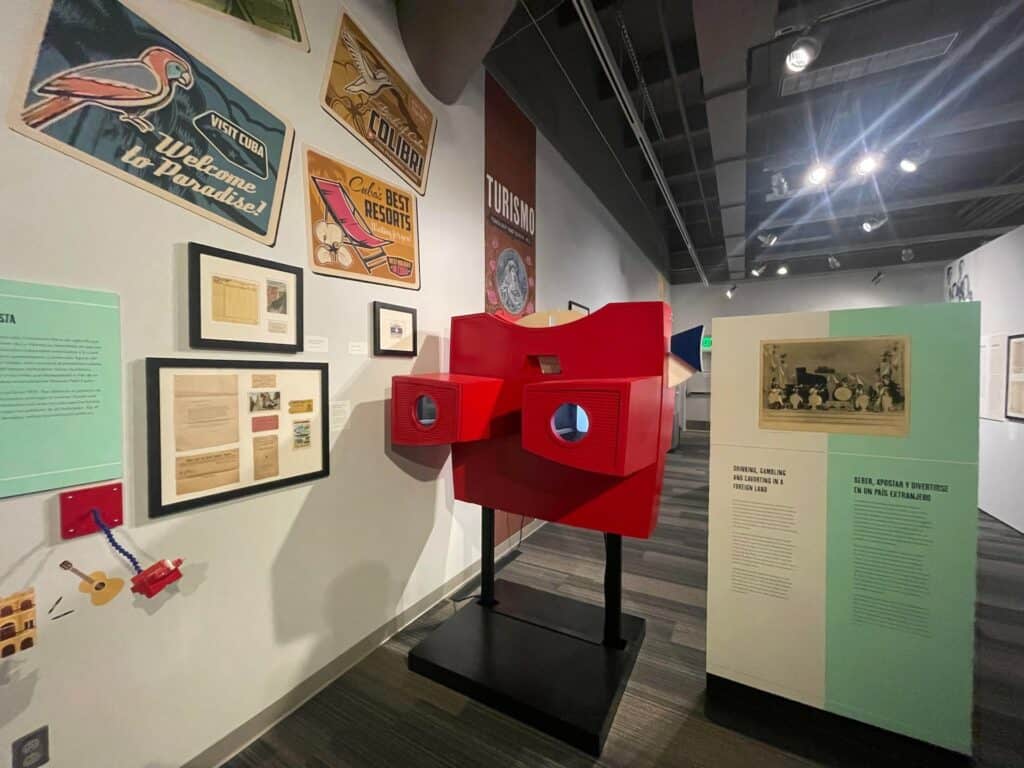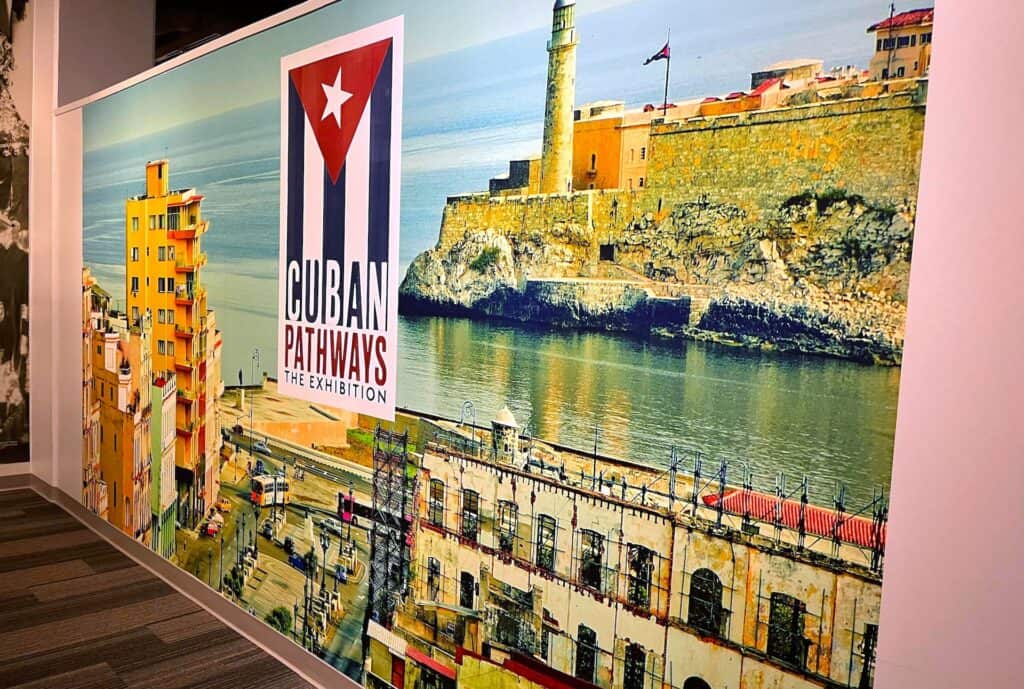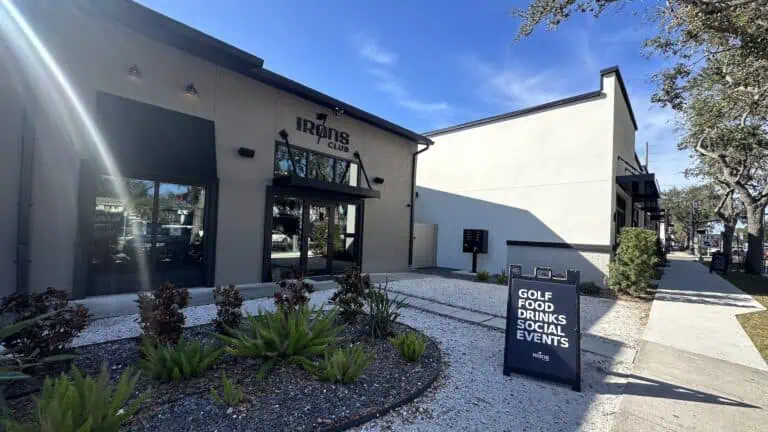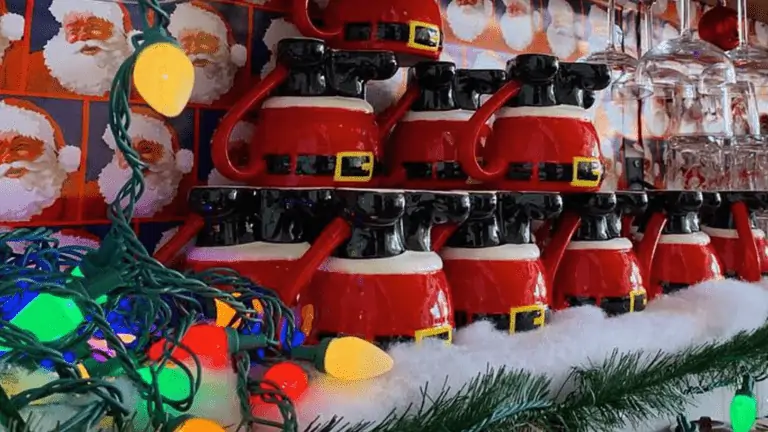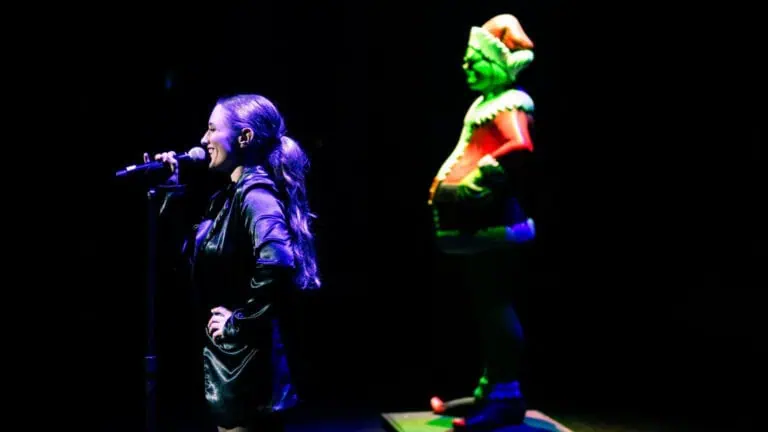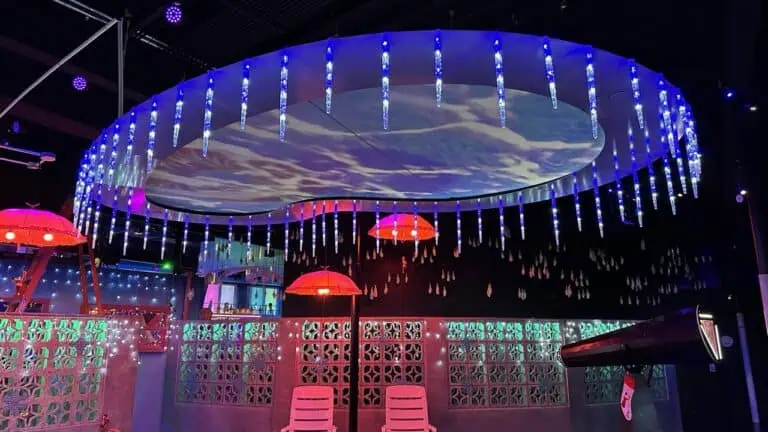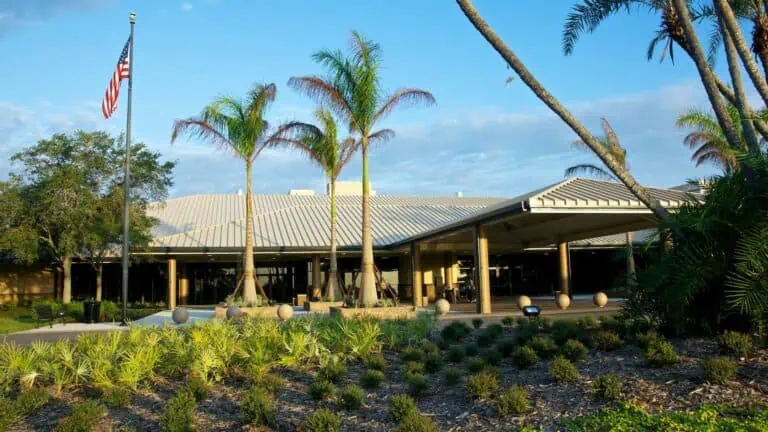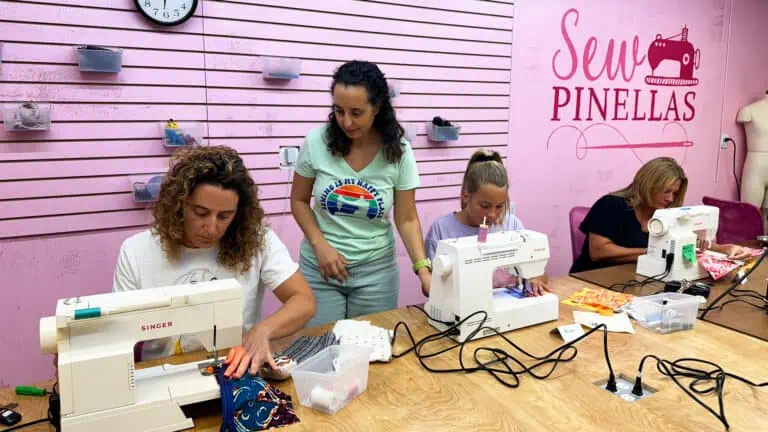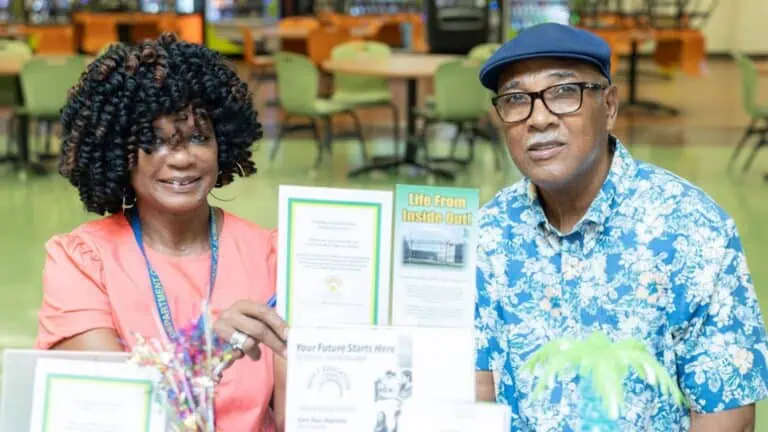This article is sponsored by Tampa Bay History Center
The Tampa Bay History Center is well worth the trip over the Howard Frankland Bridge. It’s situated along the Tampa Riverwalk and is brimming with outstanding, harrowing stories. The space itself features 60,000-square-feet of exhibit space, and more than 80,000 artifacts inside. Best yet, the ground floor features a Columbia Restaurant. Enjoy the best (and most historic) Cuban sandwich in the state of Florida after you enjoy a day at the Tampa Bay History Center.
ADVERTISEMENT
There’s so much to see at the Tampa Bay History Center, but it’s the massive pirate ship that calls are name. Take a glimpse at the constellations through the bottom deck of the ship. Learn the stories behind our famed Gasparilla Festival and the private stories that seem to permeate through every crevice in the Tampa Bay region. Interactive elements surrounding the huge vessel also provide insights into life aboard a class boat.
Want to time travel? Step inside “The Land Remembered” log cabin and learn how early Florida settlers lived. We hav ea hard time imagining living in Florida before air conditioning. Enjoy a taste of old Cigar City, and browse a kitschy Citrus Station where you’ll find the finest exports the state of Florida has to offer.
Tampa Bay History Center offers an immersive time traveling experience
The museum also honors the history of sport in the Tampa Bay region, and unfolds the history of MacDill Air Force Base. Its newest exhibit, Cuban Pathways, is situated on the museum’s fourth floor and brings 500 years of Cuban history, and its ties to Tampa, to stunning life.
Taíno Indians, enslaved Africans, Chinese laborers and pastel-wearing U.S. tourists all traveled to and from Cuba over the last 500 years. Their experiences and labors made the largest island in the Caribbean a hub of the modern Atlantic World. Cuban Pathways tells the stories of these individuals and more, whose toil, vacations and political crusades shaped the island’s modern history.
One of the most astonishing aspects of the exhibit is the royal blue chug boat. This chug boat, and hundreds like it, were built by Cubans to cross the Florida Straits after 1959. Made from spray foam, concrete, a blue tarp and other materials, this chug boat carried 12 people from Cuba to the shore of Key West, near the famous Southernmost point buoy.
Tampa Bay History Center introduces Cuban Pathways
The boat itself is power by an air-cooled Russian-made diesel motor with a four-wheel-drive transmission. It powered a tractor before being repurposed for this vessel. Many chug builders installed air-cooled diesels because they were simple and reliable. This vessel likely traveled no faster than 5 mph.
This traveling exhibition covers early Spanish settlements and the arrival of the first Africans to the island, and it includes first-hand accounts of émigrés fleeing Revolutionary Cuba. It is a personalized experience as we meet three modern Cubans representing the island’s diversity.
“Given our region’s deep connections with Cuba, this story is part of the Tampa Bay story,” says C.J. Roberts, President and CEO of the Tampa Bay History Center. “Cuban Pathways is the first traveling exhibition produced exclusively by the History Center. We are proud to share these artifacts from our collection and extensive research with the Tampa Bay community and other museums in the Southeast and beyond.”
Interactive components help illustrate Tampa and Cuba’s ties
Cuban Pathways is brought to life with interactive components. Test your musical abilities on drum, peer through a massive VisionFinder featuring historic photos of Tampa families with Cuba ties, view rumba dolls, and more rare artifacts inside the collection.
Learn more by visiting the museum’s website. The Tampa Bay History Center is located at 801 Water Street. After you enjoy the collection, make sure to treat yourself to one of the best Cuban sandwiches in Tampa at the Columbia Restaurant downstairs. Follow Tampa Bay History Center on Facebook and Twitter.
What to read next:
- The ultimate Tampa summer market guide
- Kate opens massive open air shipping container entertainment hub in Wesley Chapel
- Bread on the Bay is the newest sandwich shop in Ybor City
- Tampa Theatre to host summer classics series
- Sushi Go opening near Water Street Tampa
- MochiNut announces official opening date in Temple Terrace
- Anna Maria Island named one of the best beach towns in America
ADVERTISEMENT

